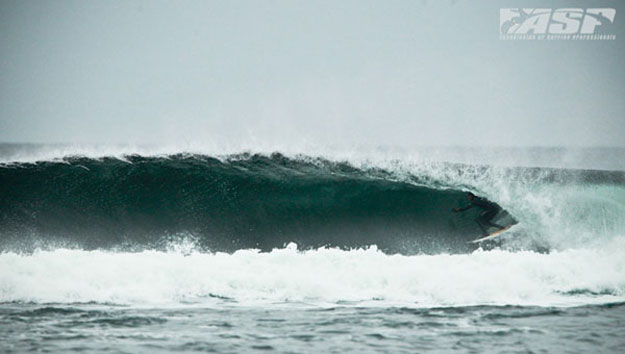For centuries, Scotland has sat atop the United Kingdom, at once a part and apart from its southern neighbor who reigns supreme. In days of old, Scottish kings’ main aim was to gain an independent Scotland, free from the overlordship of England. Countless lives were lost in countless battles. The pendulum swing through history of Scotland being joined with England only to claim its independence back a few months later can be found, in gory detail, in any history book. There’s always been something different about the Scots. Viking ancestors, the Northerly climate and a rugged, wildly beautiful landscape have all contributed to Scots evolving differently to the English. Overtly, the culture is the same. But take a drive north of the central belt (that thin line in the south of the country between the main cities of Glasgow and Edinburgh, where 80% of the population dwell) and the differences become ever more apparent. People talk myriad dialects with accents so thick that country folk living in villages only a few miles apart often struggle to understand each other. Their capacity to deal with the elements, which in Winter can be as harsh as almost any on earth, are legendary.
It is in this land of rugged extremes that Scottish surfing flourishes. Wave riding has evolved in this country quickly due to the presence of outsiders, like many things in its past. Now legendary waves in the country’s Northern extremes play host to top pro surfers and many people from “down South,” England that is, who now make the drive Northward, if they think the waves will be good. This is sometimes problematic. More than one steely-eyed Scot has bemoaned the English coming and often claiming the country’s spots as their own, garishly advertising them to the world. Surfers’ vans valued at more than a few grand are viewed with suspicion and intrigue. English armies used to march north, taking weeks and months to arrive, and were met by the battle cries of howling Scotsmen and women who, often outnumbered, would engage the English in guerilla warfare and fight until the last man. Nowadays, of course, the animosity has died down in all but the most vehement (and isolated) of Scots. But Scottish history plays out in many ways. Everyone has seen the waves of Scotland. A quick internet search for surfing in Scotland will produce the usual (to Scots) photos of a handful spots; the familiar dark blue black water, thick wetsuits and epic barrels.
The 2011 O’Neill Coldwater Classic WQS event in 2011 again brought the perfect barrels of Thurso East into the inernational limelight. For the first time the event received good, really good, Thurso East. The famous right hander served up fantasy waves for 6mm warriors and frothing surfers from all over Europe logged on to their local low cost airlines’ websites booking tickets to Thurso.
Thurso is the wave that put Scotland on the surfing map and in a little over a decade since its debut in the international surf magazines it has become a pretty crowded spot. Of course, everything is relative. If you come from Hossegor or Supertubos then it’s not crowded. But for a geographically isolated place where there’s not much to do but surf, it’s become saturated. The good news is that there are ways to remedy this situation that have nothing to do with some Braveheart-esque re-affirmation of Scottish dominance. All surfers have to do is get in their cars and go searching my beautiful country. Scotland has 5,000 miles of swell drenched coastline. It also has around 600 islands, about 80% of which are fully open to the raw power of North Atlantic swells.
It’s obvious there are good waves around Thurso, the number of people around on a weekend with good swell is testament to that. But if you want to escape the crowds and don’t mind sharing the lineup with XXL seals, get off the beaten (farmer’s) track and there is a good chance you’ll score a great wave all to yourself. Perhaps there’s even another Thurso East out there. It’s addictive here, once you tap it. The cold and isolation are worth it when you’ve sampled a wee dram of Scotland’s perfection. Maybe toast Scotland’s well-distilled coastline next time you enjoy a Scottish malt.


